5 Quick Fixes That Don’t Fix Anything + The Questions You Need To Be Asking
About a week ago, I found myself in excruciating pain in my arm due to a pinched nerve in my neck/shoulder. Never having experienced this before, I had no idea why instead of feeling pain where the nerves were pinched I was feeling pain all the way down my arm even into my pinky finger. Apparently, this is normal for pinched nerves - you get radiating pain. I found myself frustrated, as I wanted to ice my arm and not my neck as that is where I was experiencing the most pain. Having lots of time to sit and ponder, it dawned on me that this is a good analogy for how I, as well as many others, may accidentally approach life that way as well. It seems to be more natural for us to focus on where the symptom shows up, not where the pain is originating from. I wanted to put the icepack on my arm because that was what hurt - in order to see results though, I had to put it on my shoulder where the pinched nerve was.
It is our human tendency to focus on the current challenge rather than connecting the dots between the current challenges and their common denominator. We just want to get away from our pain - the fastest way possible. Throughout Flow's work with all kinds of organizations, for-profit and not-for-profit alike, my team and I have found, repeatedly, that there is a huge resistance to identifying and dealing with the root cause of the challenges they are facing.
A quick fix or the path of least resistance is often what is undertaken, but unless the organization as a whole is willing to do the work to identify issues and make real changes, they are wasting time and money; spinning their wheels. We have identified 5 common instances of organizations “putting the ice pack on their arm” - trying to resolve a symptom while ignoring the cause. Do you find your organization falling into any of these quick fixes?
CONSULTING
You pay for a consultant to come in, and you kind of hear what they say because you are supposed to, but you don't actually make use of the full value of their expertise. You listen respectfully to their insights and then ignore or minimize any indicators of priority they have given; choosing the loosest bandaid to rip off or modifying without fully understand the advice you have received. You make the least amount of change but hope for a big impact. You end up right back in the same place you started, or just slightly further ahead - nowhere near the movement that was possible.
JUMPING ON TRENDS
A common example of this is social media. When facing of a lack of leads, or a financial slowdown, you decide to double down on social media because it's working for others. Of course it could be a part of the solution, but not on its own. Sometimes it doesn't even directly support the cause of the pain - especially with no strategy behind it. It could be that, in the case of a financial slowdown, your organization doesn't really understand how to ask for money, set prices or turn leads into sales! Social media will have little to no impact if that is the case. Other examples of recent trends are; personal development seminars, advocacy work, and networking groups. These are great things to engage in when a thoughtful strategy and goals have been developed. They are at best a distraction when put in place as a reaction to a pain point.
HEROES
We have found, especially in the not-for-profit world, a desire to have a person be the quick fix. Perhaps it’s a community member who has been successful in the business world, or a new staff person. Rather than working to make the needed changes and creating a collective understanding where everyone is empowered to move toward the same goals, you assign a hero whom you hope will make everything right. The best results happen though with a sound strategy, appropriate infrastructure and an openness to creating the culture needed for the evolution of the organization.
SEIZING ALL OPPORTUNITIES
This common pitfall sees you saying yes to everything, usually as a result of a scarcity mentality and fear of missing that one magic pill. All this does is pull you in different directions and stretch your resources too thin. The decisions you make are not grounded in the outcome you are looking for and will not get you there. Again, a well thought out strategy is necessary to guide you and provide a framework for being able to respond to opportunities that are aligned with the direction you are seeking rather than simply reacting to each and every request or offer.
ACCOMMODATING FEAR OF CHANGE
Change is inevitable so don’t be easily swayed when you hear concerns. Rather, address the fears and keep moving forward anyway. Regardless of resistance it is important, when you know evolution is needed, to keep taking bold and intentional steps forward. Be careful not to shortchange or discount the energy of those who are engaged and excited about the new direction by losing your focus as a result of resistance. Of course, you will still consider everyone involved appropriately, but don’t feel obligated to make sure the most resistant folks are on board from the beginning - they may not get on board until the end.
If you are trying method after method to solve your pain, ask yourself these questions:
Do you have the necessary skills to get the results you are looking for?
Are you expecting yourself to have all the answers? Check your ego.
Are you and your organization teachable? Open? Curious? Passionate about getting to a result?
What is your culture like? Is there anything there that is having a negative effect on your results? Some examples might be a culture which exhibits; security vs innovation, scarcity mentality vs abundance mentality, “nice” + avoidant vs kind + direct, independence vs accountability
Do you focus on perfection? Or do you leverage the strengths in your organization?


